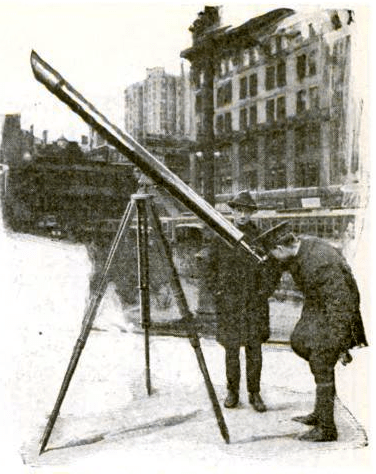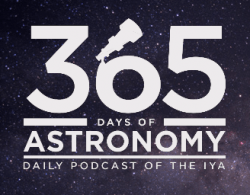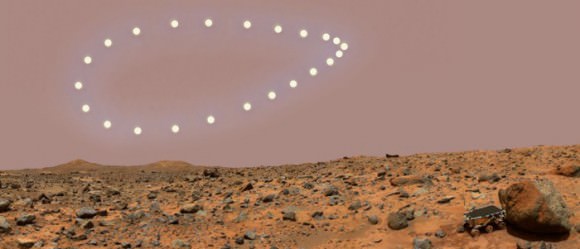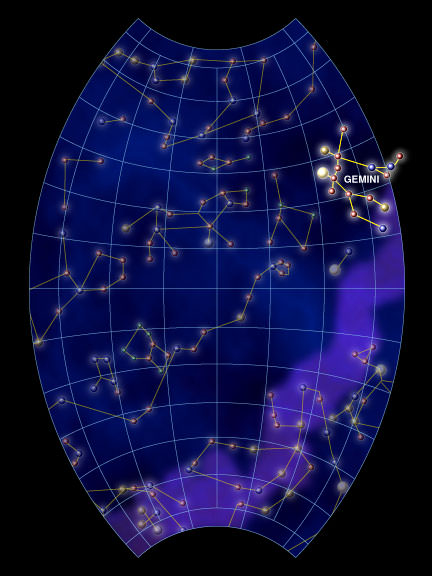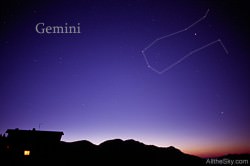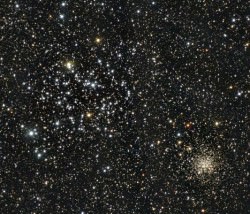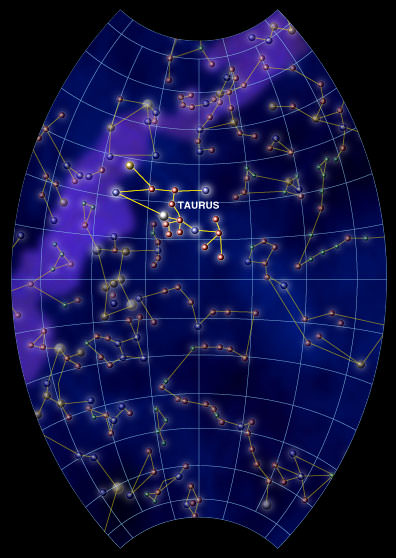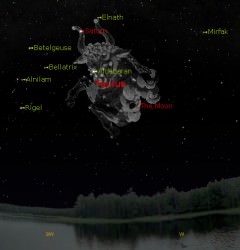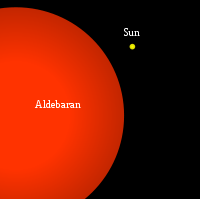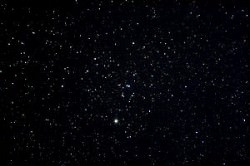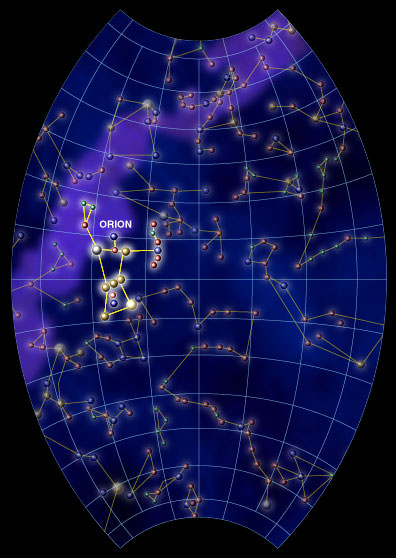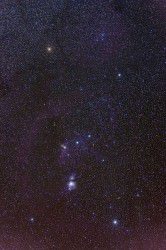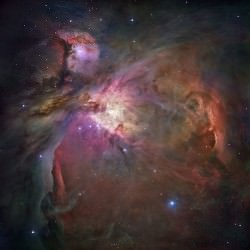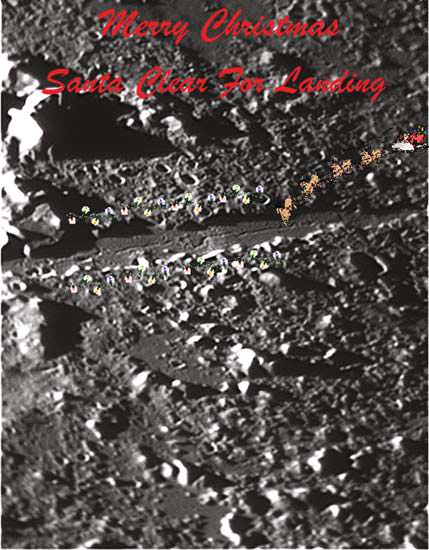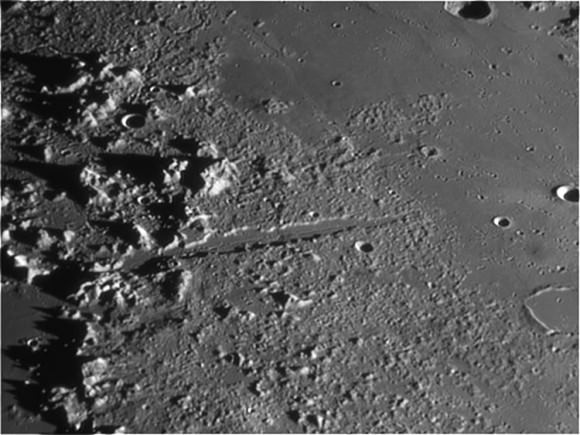[/caption]
The Spirit of Innovation Awards is a wonderful competition that challenges teams of high school students to create innovative products using science, technology, and entrepreneurship to solve 21st century, real-world problems. Right now, the student teams are battling for top pick this week as public voting opens in the Conrad Foundation (named in memory of Apollo astronaut Pete Conrad)Spirit of Innovation People’s Choice Awards, so check out the various teams and cast your vote. But do it now: public voting is runs only through April 17.
“Science and technology studies improve life around the globe, and expand our reach off of it,” said Pete Worden, Director of NASA Ames Research Center. “The People’s Choice Awards is an opportunity for the public to engage with student innovators demonstrating fresh and exciting developments in these fields. It gives everybody the chance to participate in a program that benefits our future.”
Conrad was commander of Apollo 12 and the third man to walk on the Moon. He had a learning disability, but went on to earn a scholarship to Princeton and lead a mission to the Moon.
This year’s People’s Choice champion will be announced Sunday, May 1 during the closing ceremonies of the 2011 Innovation Summit at NASA’s Ames Research Center. The Summit, April 28 – May 1st, is the culmination of the Spirit of Innovation Awards as the student teams present their products to entrepreneurs, scientists, and industry professionals, and compete for $5,000 Next Step Grants. The People’s Choice votes will be incorporated as 10 percent of the final judging score for these scholarships.
Last year, Team AM Rocks and its Solar Flare Nutrition Bar took home the People’s Choice Award winning title. This year the teams that garner the most People’s Choice votes in each of the challenge
categories -aerospace exploration, clean energy and cyber security -will be awarded $250. Meet this year’s teams, explore the innovations, and cast your vote for favorite, at this link.
Find out more about the Conrad Foundation here.


